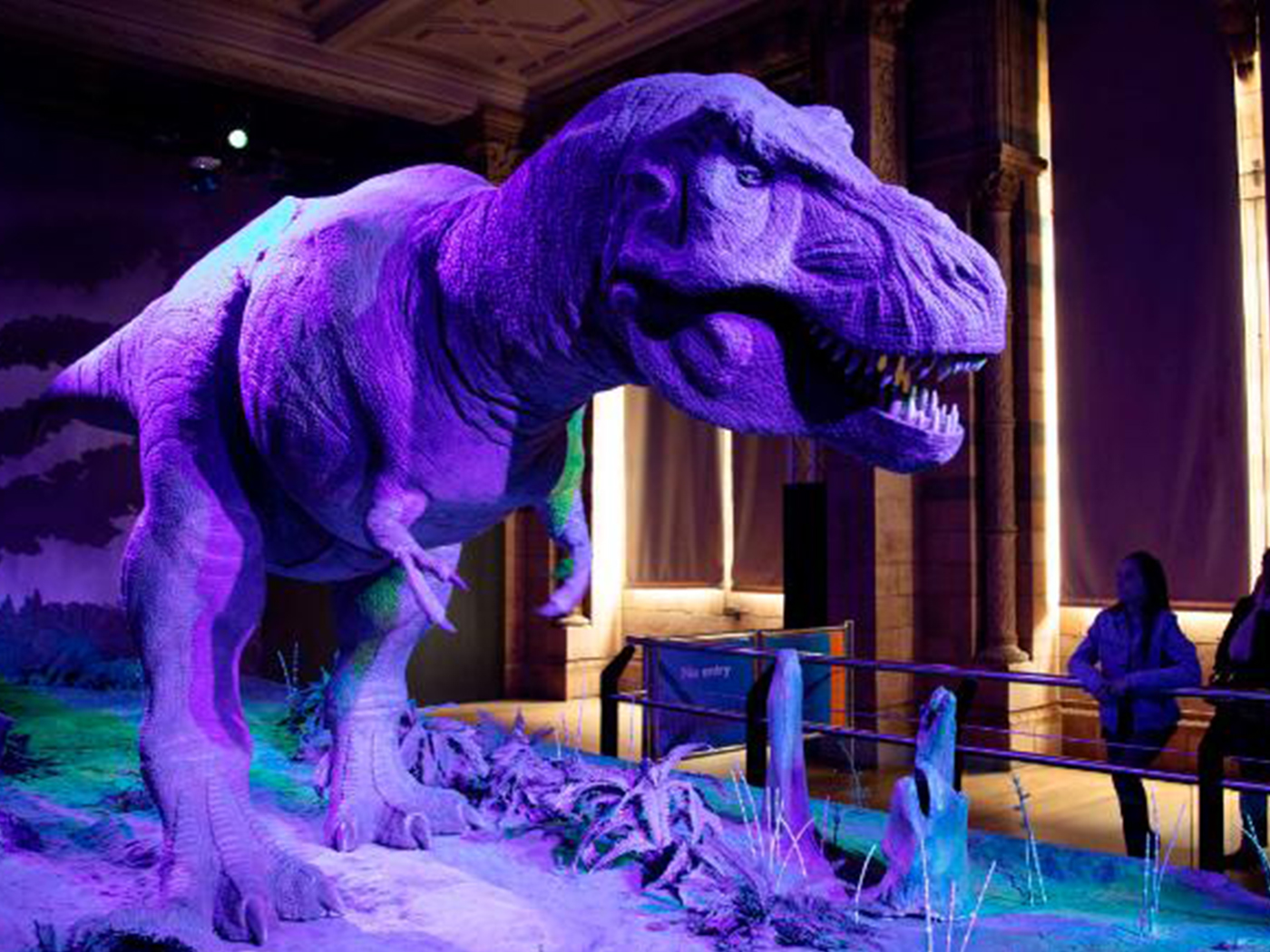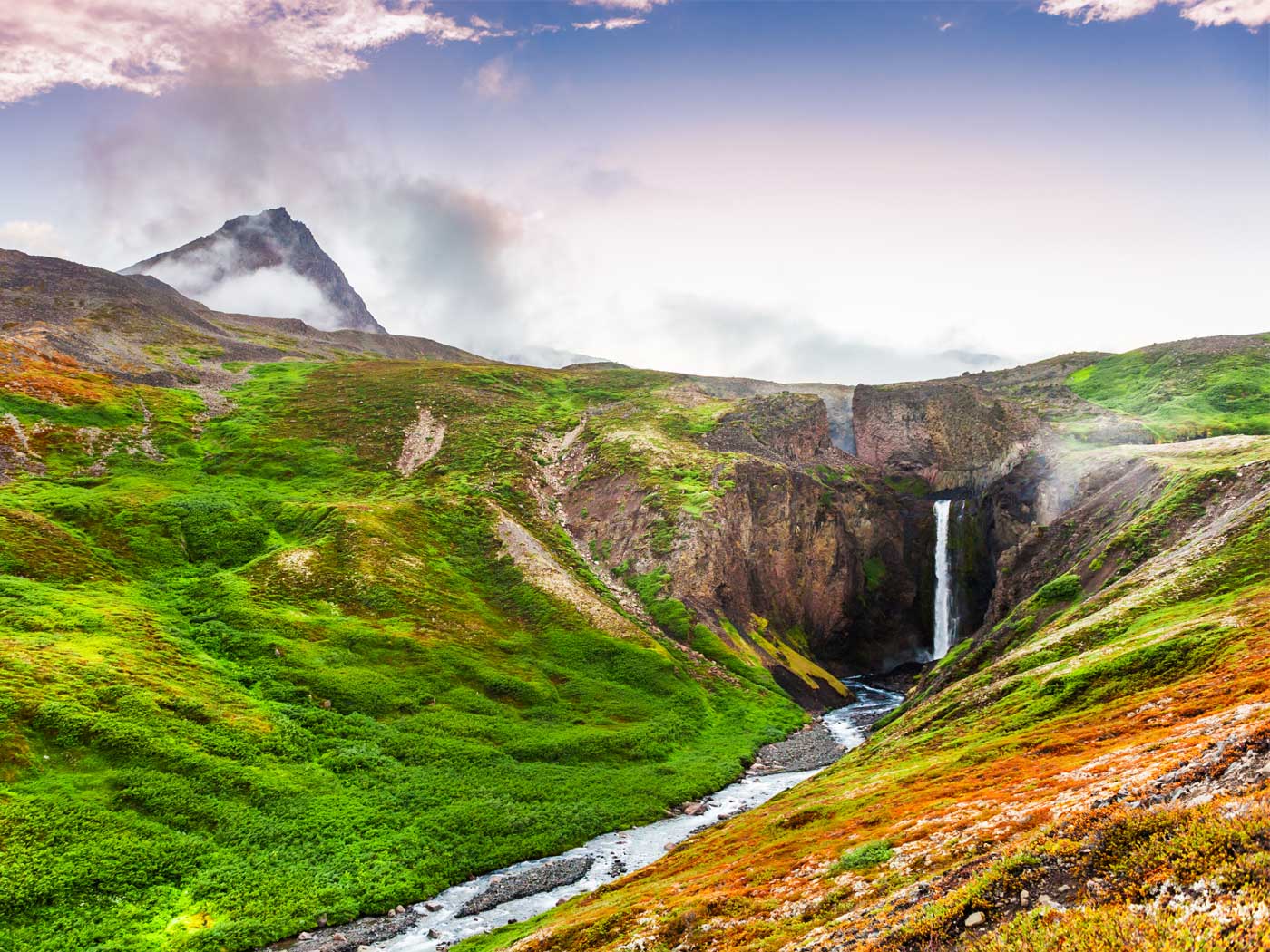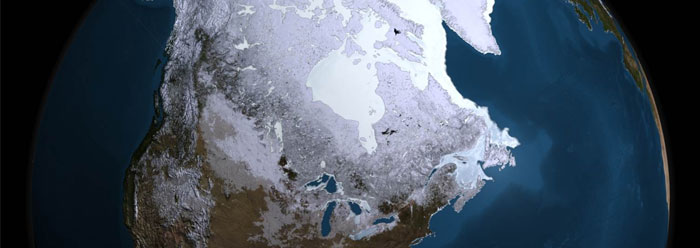Tim Clarey, Ph.D., and Frank Sherwin, M.A.
The recent discovery of a flooded Ice Age forest in Mobile Bay, Alabama, has scientists diving for even more hidden secrets.1 In December 2019, a team of scientists from Northeastern University and the University of Utah took the Research Vessel E.O. Wilson to collect some pieces of the ancient trees.2 But these scientists weren’t just looking for wood samples, they were after shipworms, a clam that converts wood to animal tissue.1
The currently underwater forest of bald cypress trees grew above sea level during the Ice Age, and are claimed by uniformitarian scientists to be 60,000 years old.1 These trees flourished along the Gulf Coast while sheets of ice still covered the northern portions of the United States and Canada.
At the end of the Ice Age, sea level rose several hundred feet,3 placing these trees about 60 feet below today’s ocean surface. River and coastal sediment then buried the ancient forest until 2004 when Hurricane Ivan swept the protective layer of mud and sand away.1,2
After two days of diving last December, the science team had extracted more than 300 animals from several large well-preserved pieces of wood.1
Brian Helmuth, one of the scientist team members from Northeastern University was a bit surprised by the spectacular preservation of the wood, telling CNN: “It really looked like something that you could have picked up from today. It still had bark on it. It still had all the coloration on the inside. It was just locked away for 60,000 years.”1
The spectacular preservation should not be a surprise. Creation scientists would argue this wood is not 60,000 years old, but is only about 4,000 years old. We agree these trees grew during a time of lower sea level. We interpret this as occurring during the post-Flood Ice Age. But we assert that the evidence does not support the uniformitarian great age of this forest. The preservation of these trees is too pristine.
And secondly, why didn’t the shipworms and bacteria totally devour or decompose the wood if these trees were really 60,000 years old? That’s a lot of time for biologic degradation. The secular argument that they were “preserved” by a lack of oxygen is simply insufficient. There are plenty of anaerobic bacteria that could do the job.
What secrets will be revealed by the critters found in these trees? So far, the scientists have isolated 100 strains of bacteria from shipworms in the wood. Many of these bacteria were previously unknown and 12 are currently being evaluated for use in new drugs.1 Bacteria from shipworms has previously resulted in at least one antibiotic to treat parasitic infections.1
The secrets of the Ice Age are still being revealed. New sites are continually being uncovered. And the shipworms within these well-preserved trees may even provide much-needed medicinal relief for future generations. God truly had a plan for the Ice Age.
Stage image credit: Francis Choi/NOAA. Copyright © 2020. Adapted for use in accordance with federal copyright (fair use doctrine) law. Usage by ICR does not imply endorsement of copyright holders.
References
1. Lee, A. 2020. Scientists uncover a 60,000-year-old forest underwater and think its preserved trees may help pioneer new medicines. CNN. Posted on wnem.com April 7, 2020, accessed April 9, 2020.
2. Staff Writer. August-December 2020. Bioprospecting for Industrial Enzymes and Drug Compounds in an Ancient Submarine Forest. NOAA Ocean Exploration and Research. Posted on oceanexplorer.noaa.com, accessed April 13, 2020.
3. Clarey, T. 2020. Carved in Stone. Dallas, TX: Institute for Creation Research, 354-377.
*Dr. Clarey is Research Associate at the Institute for Creation Research and earned his doctorate in geology from Western Michigan University. Mr. Sherwin is Research Associate at the Institute for Creation Research and earned his master’s in invertebrate zoology from the University of Northern Colorado.



















